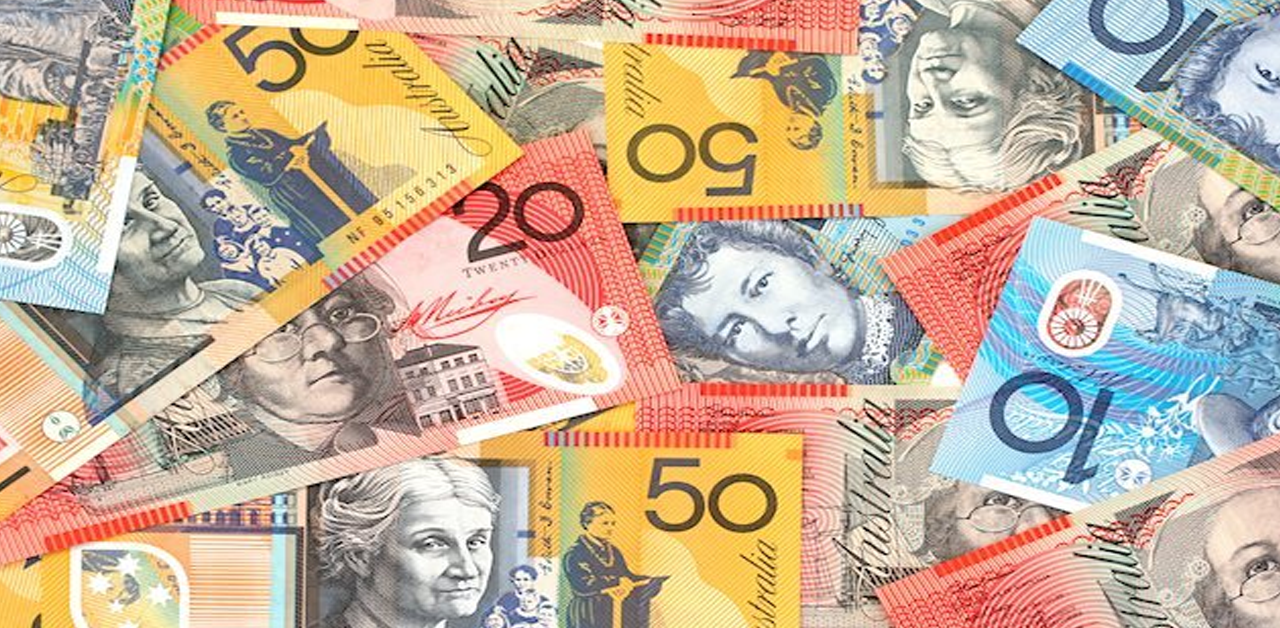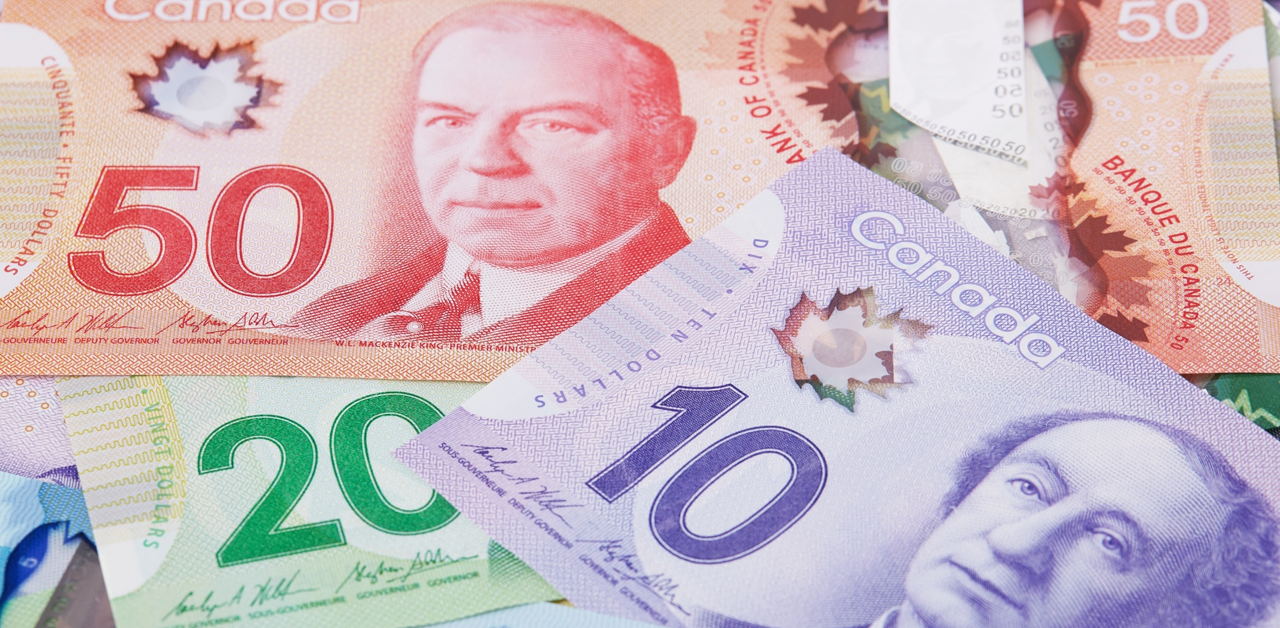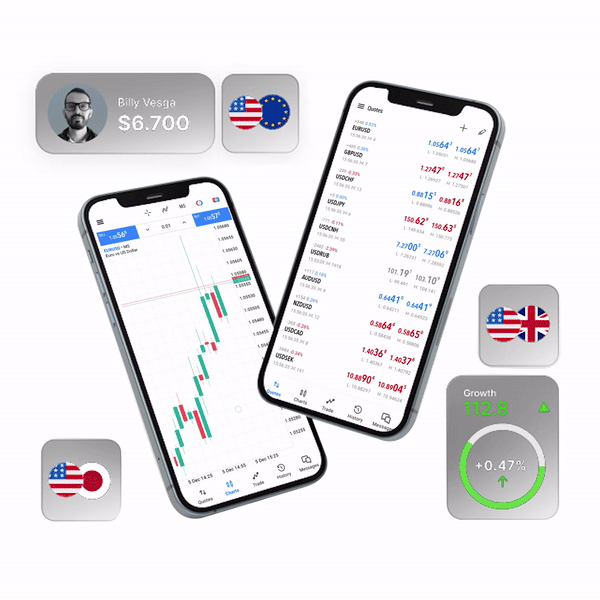Gold (XAU/USD) continues to face selling pressure for a second straight session on Thursday, falling below the $3,380 mark during the Asian trading hours. The pullback is largely attributed to a decline in safe-haven demand as optimism grows around global trade developments.
Markets are responding positively to news of a finalized trade agreement between the US and Japan, along with reports suggesting progress in US-EU tariff negotiations. This upbeat risk sentiment has reduced investor appetite for gold, traditionally seen as a safe-haven asset in times of uncertainty.
Despite the bearish momentum, gold’s downside remains somewhat limited. The US Dollar continues to struggle, weighed down by uncertainty surrounding the Federal Reserve’s interest rate outlook and increasing political pressure. Market participants are now questioning the Fed’s independence amid growing criticism from President Donald Trump, who has repeatedly urged the central bank to cut rates and even called for Chair Jerome Powell’s resignation.
Adding to the speculation, Fed Governor Chris Waller and Vice Chair for Supervision Michelle Bowman—both Trump appointees—have expressed support for a rate cut as early as the July 30 policy meeting. This dovish stance has kept the USD near a two-and-a-half-week low, which in turn offers some support to gold prices.
Investors are now awaiting a batch of key economic data, including the flash global PMIs, which are expected to provide fresh insight into global growth trends. The European Central Bank’s policy decision later today could also inject volatility into the markets and impact gold’s trajectory.
In the US, Weekly Initial Jobless Claims and New Home Sales data are also on tap, likely to influence USD performance and generate short-term trading opportunities in the precious metal. Still, the mixed fundamental landscape suggests caution for traders looking to take aggressive positions in gold at this stage.












